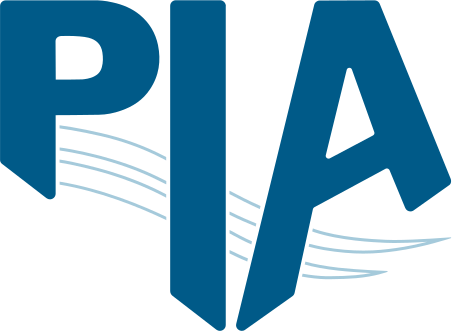English Translation of our Accreditation Certificate according to DIN EN ISO/IEC 17025
6.12.2023
We are pleased to inform you that an official English translation of our accreditation certificates as a testing laboratory according to DIN EN ISO/IEC 17025 is now available.
All current versions of our certificates can be accessed in English or German language via the "Database of accredited bodies" (dakks.de).
There you can also access a complete listing of all testing procedures we offer under the scope of our accreditation by scrolling down to the section "Further accreditations" and following the "Scope" link for certificates no. D-PL-17712-01-01 to -04.
ATB Academy - Online seminar on the environmental topic of wastewater
6.01.2023
Online seminar, 18 January 2023
Wastewater Ordinance in Germany - What does it mean for small wastewater treatment plants?
Speakers (the seminar is held in German):
Martina Wermter, Environmental engineer (Dipl.-Ing.) Head of the European Testing Department at the Prüfinstitut für Abwassertechnik GmbH in Aachen and member of the DIN Standards Committee on Hydraulic Engineering "Small Sewage Treatment Plants"
Michael Glück (Dipl.-Ing. agr.) Head of the "Small Sewage Treatment Plants" department Association of Private Experts in Water Management, member of the DIN standards committee on hydraulic engineering "Small Sewage Treat-ment Plants" and "Sewage Treatment Technology" expert committee German Institute for Building Technology (DIBt)
Further online seminars: https://www.atbwater.com/en/service/events/online-seminars/
BMBF selects Aachen network for wastewater reuse
13.12.2022

The Aachen alliance “Aachen Network for Waste Water Reuse” (AIX-Net-WWR) was selected by the BMBF to interdisciplinary develop innovative solutions for wastewater reuse. PIA GmbH is part of this alliance and will work on monitoring technology and the development of a validation methodology in the coming years. More information on the project is available via » this link.
(Information only in German; for further questions please contact )
The new standard DIN 30762
29.06.2022
Sanitation systems that depend permanently on water as a transportation media might not be suitable for specific scenarios due to economical, ecological or technological reasons. Waterless sanitation systems provide the opportunity to ensure sanitation without being dependent on water supply and sewage system. Moreover, systems without water as a flush medium gain more and more interest due to good preconditions for effective resource recovery from excreta. The national standards in Germany had not covered waterless toilets, except for chemical toilets. In May 2022 the new standard DIN 30762 “Prefabricated sanitation systems without connection to water supply and sewage system – Requirements and product features” was published. Aim of the standard is to assure quality, comfort and safety of the system by determining criteria for design and constructional requirements.
The new standard applies to sanitation systems that do not require water as transportation media (SanoWa), both temporary and permanent installations. According to the norm waterless sanitation systems consist of frontend and backend. The frontend might either not be directly connected to the backend (category 1) or include pipework or direct conveyance to backend (category 2). The backend is classified either as backend for collection and storage (category 1) or backend for collection, storage and treatment (category 2). The selection of necessary test procedures depends on the classification and implemented technology within the system.
PIA GmbH does perform testing of waterless sanitation systems according to DIN 30762. The German version of DIN 30762:2022 published by Beuth Verlag can be found here, an English translation has not been published yet.
Publication of the standard DIN EN 16941-2:2021-11
21.03.2022
In November 2021, the standard DIN EN 16941-2:2021-11 On-site non-potable water systems – Part 2: Systems for the use of treated greywater was published.
This standard establishes requirements for the design, sizing, construction, installation, operation, and maintenance of graywater treatment systems.
The treated water can be used for garden irrigation, toilet/urinal flushing, washing and cleaning purposes.
Use of the treated graywater for purposes such as drinking water, personal hygiene water, or heat recovery is not permitted.
Annex D provides examples of water quality requirements for the various uses. This annex is an informative annex.





